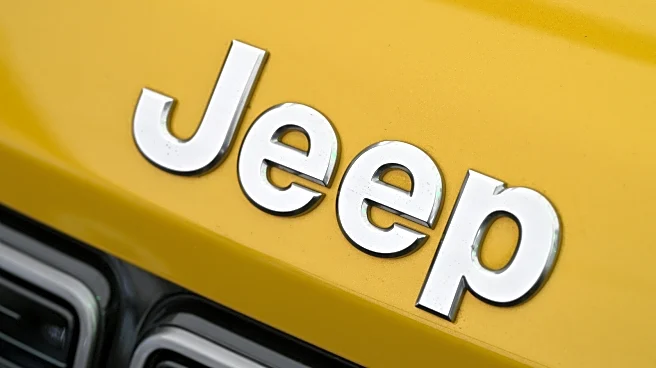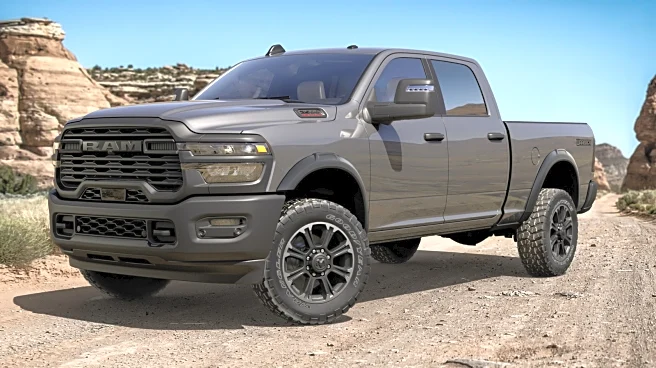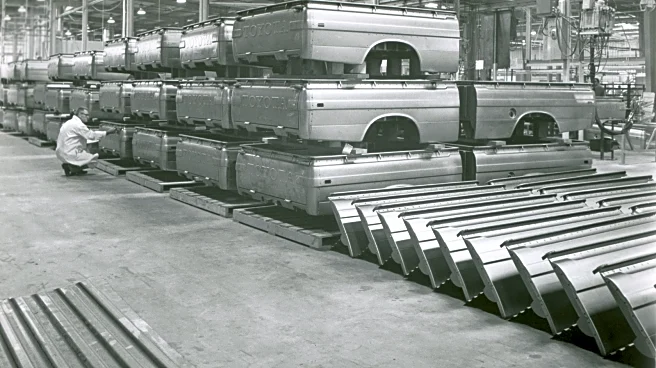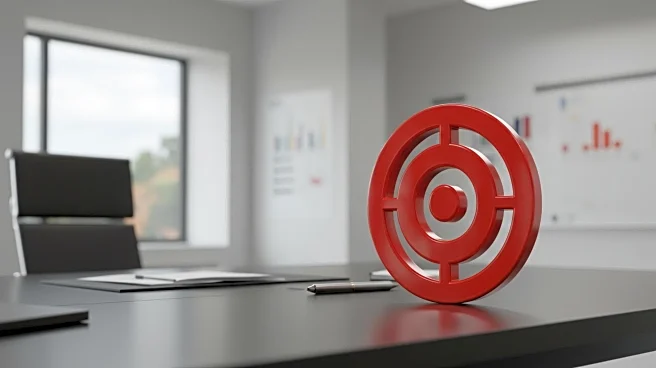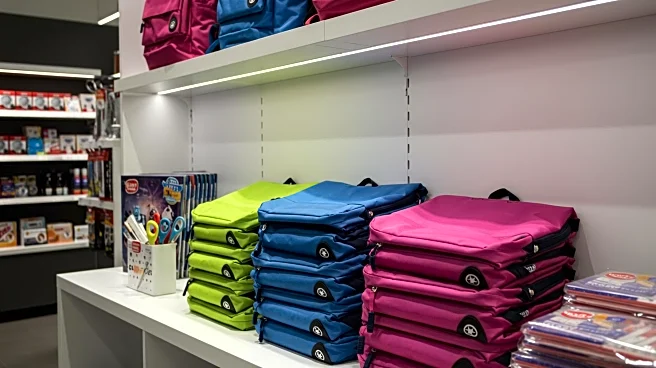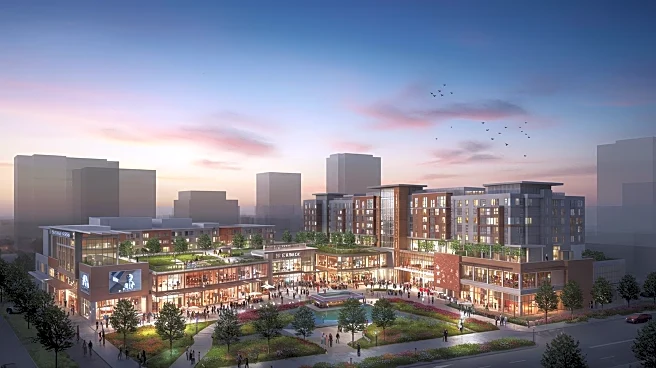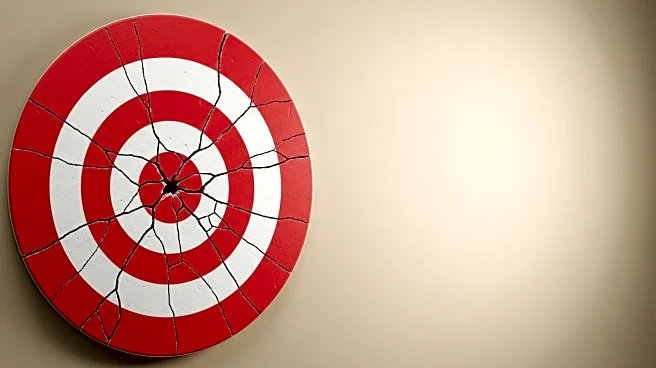
Navigating the parking lot of any store often feels like entering a demolition derby you didn't sign up for. It's a chaotic ballet of near-misses, horn honking, and the slow, agonizing wait for someone to wedge a box obviously too big for their Crosstrek. Sorry to break it to you, but your rear hatch isn't a Tardis — no matter how convinced you were hauling that bargain flat screen out of the store.
Parking already seems like a struggle for some Americans — whether it's straddling the stripes or hogging
multiple spaces. This frenzy can be enough to make you question your life choices. Yet, the Costco parking experience, despite the crowds and carts the size of a European hatchback, often feels surprisingly manageable.
This isn't just a happy accident. Instead, it's the result of a meticulously thorough design — a fusion of civil engineering and a deep understanding of human psychology. Every line, every curb, and every ridiculously wide parking space is a calculated move in a strategy to make your shopping trip just a little less maddening, from start to finish.
Read more: These Movies And TV Shows Have The Best Car Casting
A Masterclass In Costco's Engineering

At the heart of the Costco parking lot's serene(ish) vibes are its generously sized parking spots. While the standard parking space is a cramped 7.5 to 9 feet wide, Costco often throws down a luxurious 10 feet. Every inch matters when most modern cars seem to be outgrowing parking spots these days, but it's not just about the extra width. Many locations use a double-line striping method, creating a visible buffer zone that subconsciously encourages drivers to park in the center of the space. This simple but clever design trick helps to eliminate the all-too-common door ding and gives you enough room to wrestle a giant box of paper towels into your car.
The wider driving aisles also play a crucial role in allowing for the smooth flow of traffic and plenty of room to pull into and out of each space. One could imagine Costco's corporate motto to be "How ya doin'? Keep it movin'." Everything is seemingly designed to be welcoming, effortless, and to keep customers flowing.
Parking Anxiety Meets Retail Therapy At Costco

The design of a Costco parking lot is about more than just physical space; it's a clever manipulation of our often-irrational human behavior. The common phenomenon of "spotflation," where drivers endlessly circle for the perfect spot near the entrance, is cleverly mitigated by making almost every spot a good one.
The generous dimensions reduce the anxiety of squeezing into a tight space, encouraging shoppers to take the first available spot instead of contributing to the traffic jam. Then there's the infamous "Shopping Cart Theory," a litmus test for a person's moral fabric based on whether they return their cart or not. Costco addresses this head-on by peppering the lot with an abundance of cart corrals and employing a dedicated staff to wrangle any strays. This ensures that a few rogue carts don't turn the entire lot into an obstacle course or render any spots unusable.
Just like the famously cheap Costco gas, it's all part of the strategy — lure you in with convenience, smooth the whole process, and before you know it, your trunk is bursting with Kirkland Signature everything. Funny, though — weren't we only here for two things? Happens every time.
Want more like this? Join the Jalopnik newsletter to get the latest auto news sent straight to your inbox...
Read the original article on Jalopnik.
